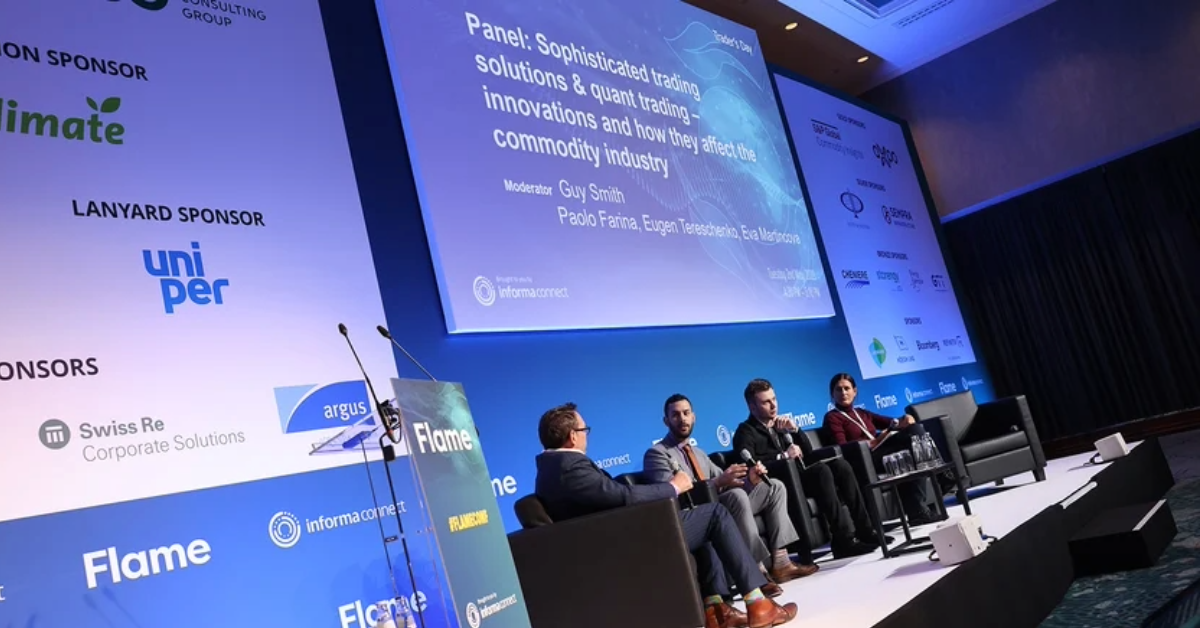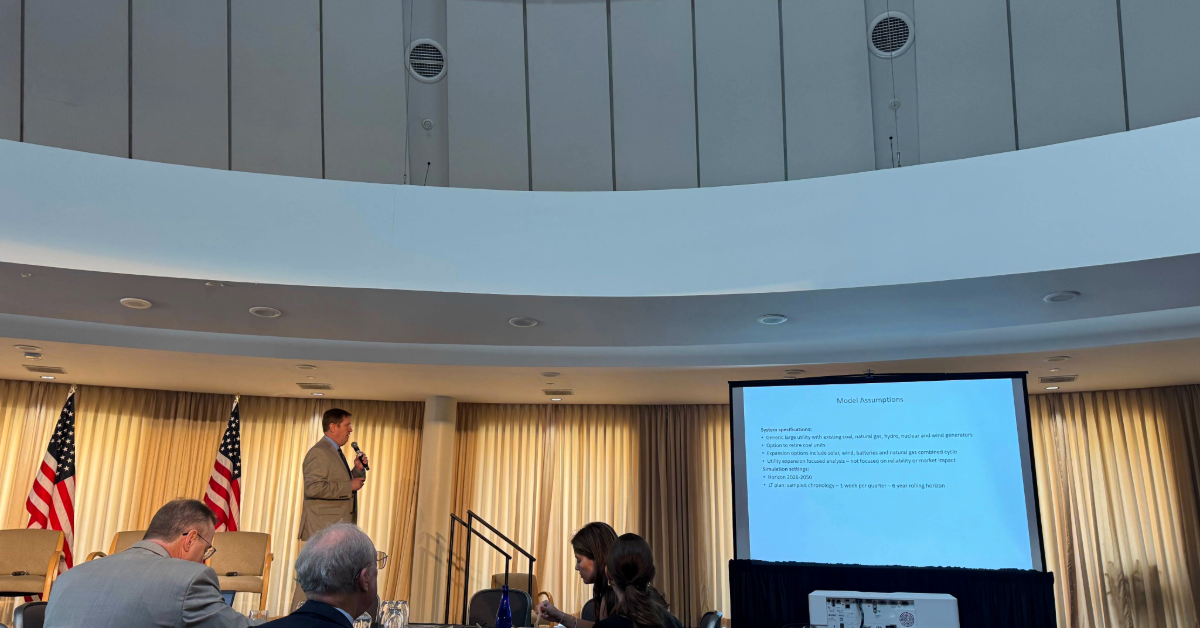Integrated System Planning (ISP) - Where to Begin
In some of our recent blogs, we discussed why there is a need for utilities and energy organizations to adopt a new planning methodology for...

Energy Exemplar recently sponsored and spoke at the 2023 Flame conference in Amsterdam, which brought together European energy professionals looking at the gas, gas trading and hydrogen markets.
We have summarised the main topics of discussion and how our PLEXOS modelling and simulation platform can support gas market players.
Fortunately, Europe has made it through the 2022/2023 winter gas supply crisis, thanks to a combination of mild weather, impressive demand curtailment, and fortunate bullish availability of LNG. However, although the security of supply issue in Europe seems less pressing at present, we still need to be cautious for Winter 23/24.
The mild winter we just had resulted in less snow fall, which means that we have a 21TWh deficit in hydro levels compared to last year. If we have another seriously dry summer like we did last year, we will need more gas for power this winter.
Can we accommodate this with the higher storage inventory levels we currently have? How can the industry manage the challenges that may arise during the upcoming winter season?
Market participants and Traders are seeking strategies and solutions to adopt, to balance the market and handle crises.
Last year, Europe saw strong LNG arrivals with LNG carriers heading to Europe attracted by higher prices, while the largest LNG importer in Asia, China, was on standby mode with low gas demand due to COVID-19 lock downs and a large focus on domestic gas production and the integration of Renewable Energy Sources (RES). These imports to Europe were a saving grace and whet Europe’s appetite to build more LNG import terminals (it must be said about the latter that Europe was again fortunate there were FSRUs already built and available to sail and port in Europe; however this should not take anything away from the unprecedented speed and fast-tracking of permits that enabled the North German terminals) .
It is no surprise that discussions at Flame covered various aspects of LNG, including trade flows, prices and contracts, supply growth, and the impact of LNG on the energy industry.
What happens when China’s gas demand returns, and the Ukraine war is still ongoing? Is LNG diverted to China and what happens to European gas prices? What of Europe’s planned new LNG terminals – will they all be needed in the face of the accelerated production of renewable energy?
This is interesting for traders who deal with LNG, as well as those who are interested in understanding the dynamics of this market.
Another large area of focus at Flame was Gas hubs. What is the next global gas hub? What will be the impact of a new LNG index on Europe's benchmark price for natural gas? These discussions were relevant for traders who deal with gas hubs and price forecasting.
Shipping and future fuels, such as biomethane as a viable short-term solution into integrating renewable gases, and business models that will be relevant for traders who deal with transportation and logistics of natural gas, were also discussed.
European markets showed they were increasingly more volatile during periods of uncertainty rather than relying on fundamentals. This was evident when the threat of the boycott of Russian gas supplies to Europe resulted in higher price spikes that ironically stabilised once flows were curtailed. Periods of uncertainty can decouple prices from fundamentals, however, once there is clarity in the state of the market, fundamentals reassert their influence.
This was a large topic of discussion – what is the impact of market volatility and margin calls on liquidity and the number of players in the gas and LNG business?
New technology tools for the trading community are not about replacing people, we still need humans to make those buy/don't buy decisions, and hyper-local knowledge and intuition will remain an integral differentiator in this sector. However, gas and energy are now firmly a global commodity, but, more importantly, the increasing globalisation of relevant and fundamental data means that it is inefficient to expect analysts to collate, reconcile and successfully analyse the mountains of data under the time constraints necessary to make trading decisions.
Best-in-class software platform PLEXOS, in combination with other complementary tools, underpin the necessary creation of this data ecosystem that will drive the automation and enhancement of how we collect, reconcile, model and create and understand risk curves for the timely maximisation of profit. These technological tools don't eliminate bias but are about making it more transparent. With PLEXOS you have a sandbox for the future and therefore the almost limitless potential for market intelligence and business insights to propel trading firmly into the digital information age.

In some of our recent blogs, we discussed why there is a need for utilities and energy organizations to adopt a new planning methodology for...

There’s no shortage of uncertainty in the U.S. energy industry right now. Everyone agrees that data centers will drive massive load growth. However,...